|
A quarter of the world's sharks and rays are threatened with extinction, according to IUCN Red List™ criteria, with rays at greater risk than sharks PRESS RELEASE | Gland, Switzerland | January 21, 2014
"Our analysis shows that sharks and their relatives are facing an alarmingly elevated risk of extinction," says Dr. Nick Dulvy, IUCN SSG Co-Chair and professor at Simon Fraser University. "In greatest peril are the largest species of rays and sharks, especially those living in shallow water that is accessible to fisheries." Reported shark, ray, and chimaera catches peaked in 2003 and have been dominated by rays for 40 years. Unintentionally caught sharks and rays account for much of the catch, yet developing markets and depletion of targets have made this "bycatch" increasingly welcome.
The rapid expansion of human activities threatens ocean-wide biodiversity. Numerous marine animal populations have declined, yet it remains unclear whether these trends are symptomatic of a chronic accumulation of global marine extinction risk. The first systematic analysis of threat for a globally distributed lineage of 1,041 chondrichthyan fishes (sharks, rays, and chimaeras) was published in the journal eLife in 2014. This paper estimated that one-quarter are threatened according to IUCN Red List criteria due to overfishing (targeted and incidental). Large-bodied, shallow-water species are at greatest risk and five out of the seven most threatened families are rays. Overall, chondrichthyan extinction risk is substantially higher than for most other vertebrates, and only one-third of species are considered safe. Population depletion has occurred throughout the world’s ice-free waters, but is particularly prevalent in the Indo-Pacific Biodiversity Triangle and Mediterranean Sea. Improved management of fisheries and trade is urgently needed to avoid extinctions and promote population recovery. Media Release
ReferenceImages and Captions for Media UseBelow are photos for use by media if appropriately credited. Download high resolution images here. Here is brief guide to the kind of images available:
Species Listed as Critically EndangeredSpecies Listed as Endangered or VulnerableSpecies Listed as Near ThreatenedSpecies Listed as Least ConcernFisheries Catches and Landing SitesComments are closed.
|


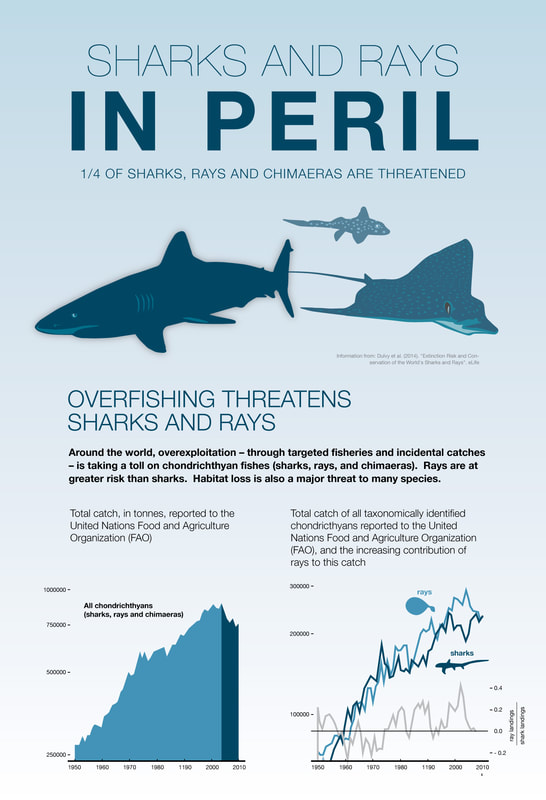
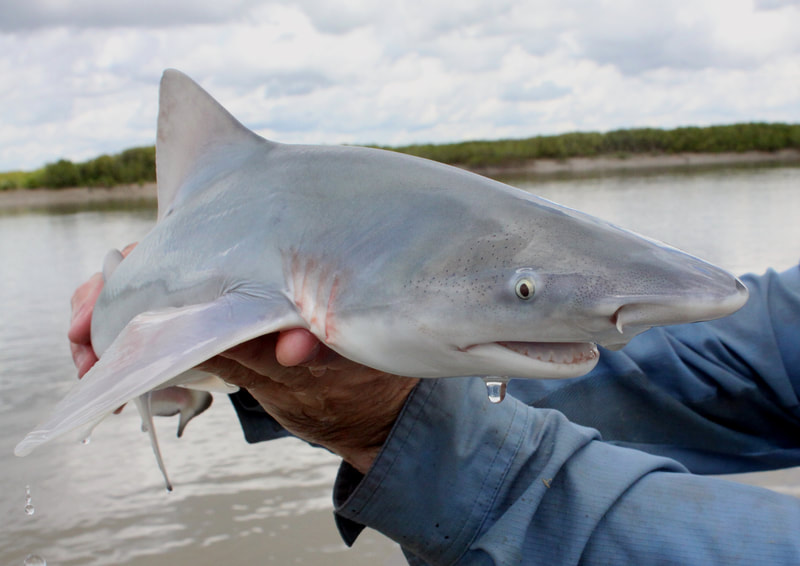
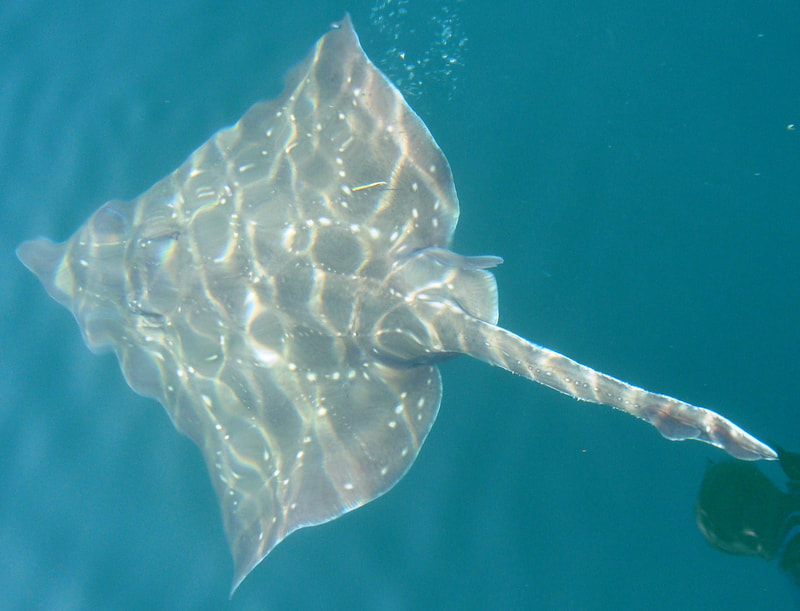
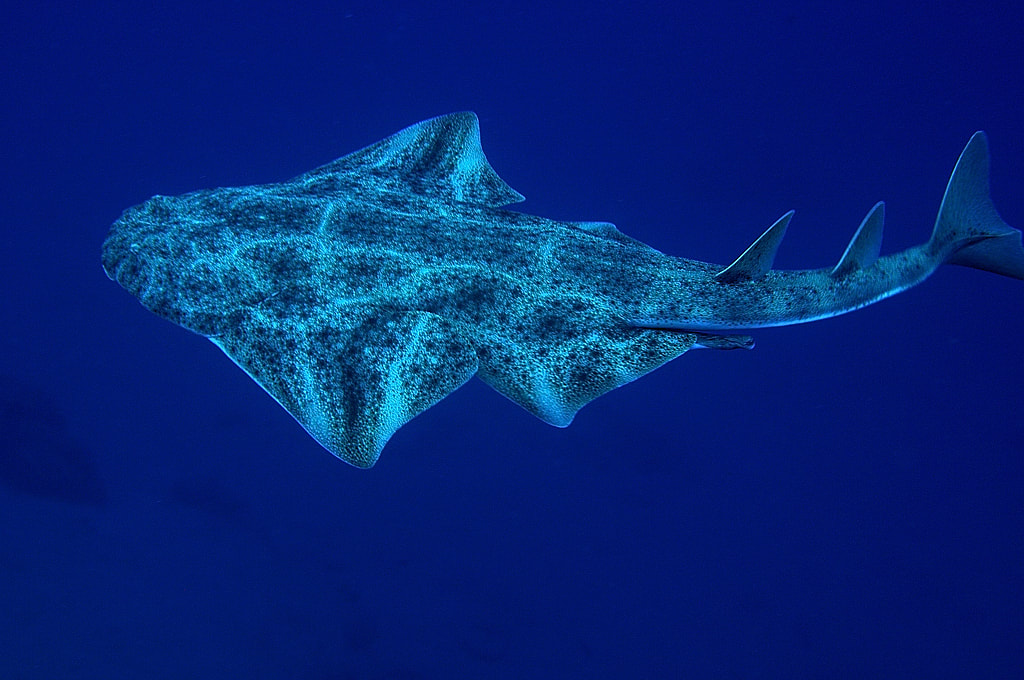
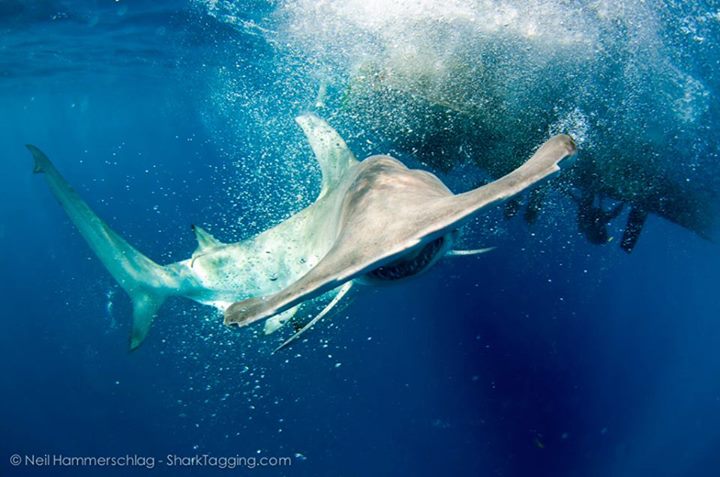
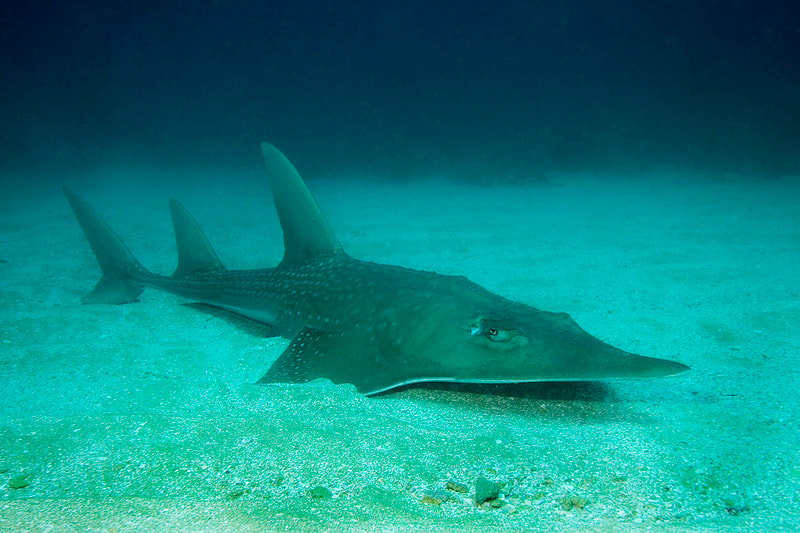
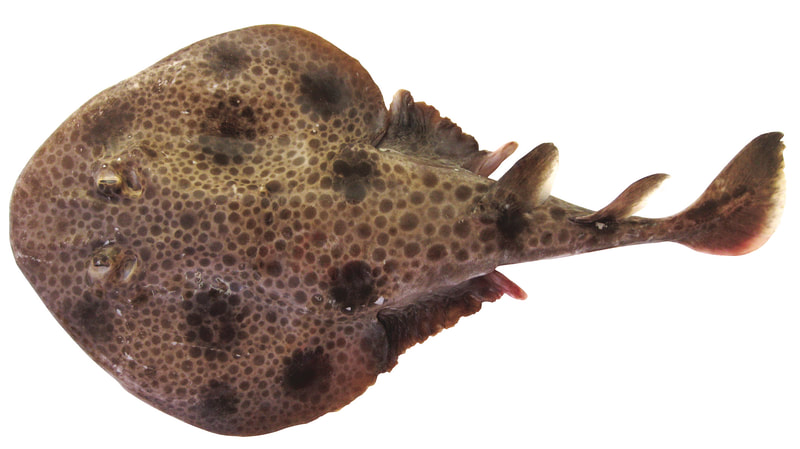

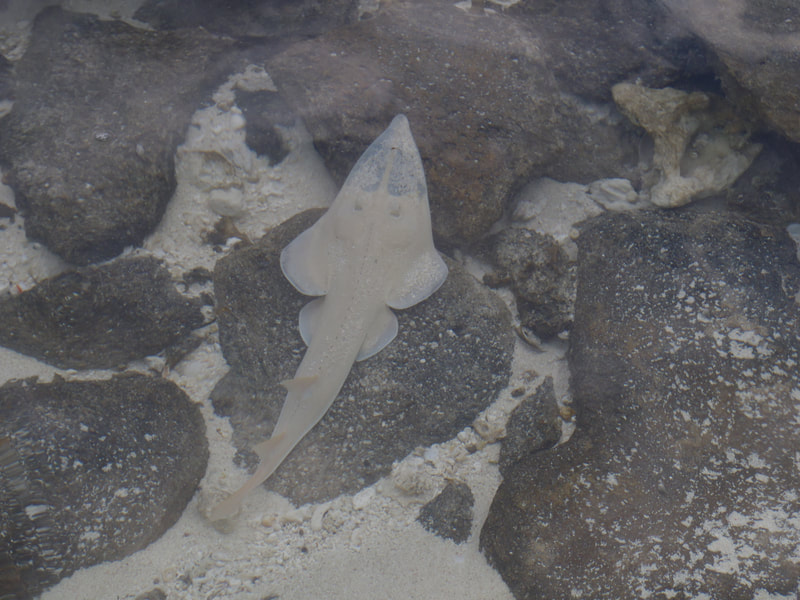
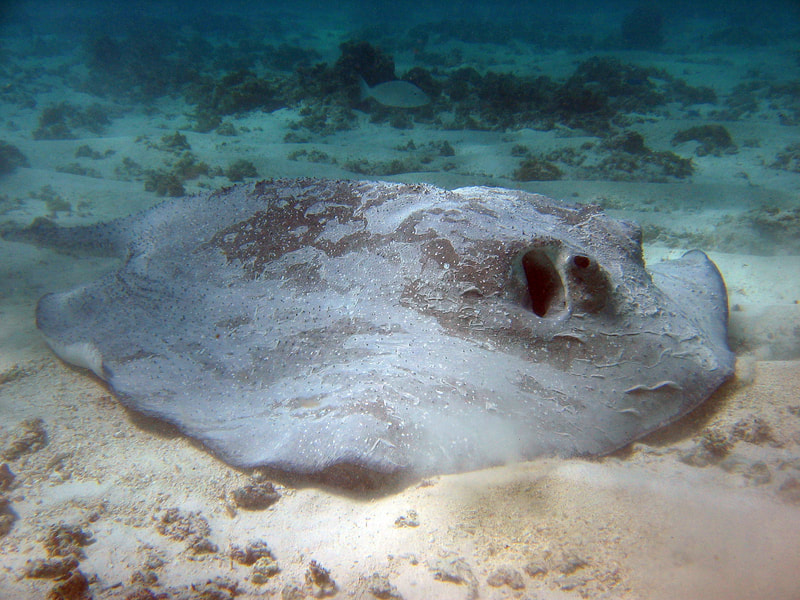
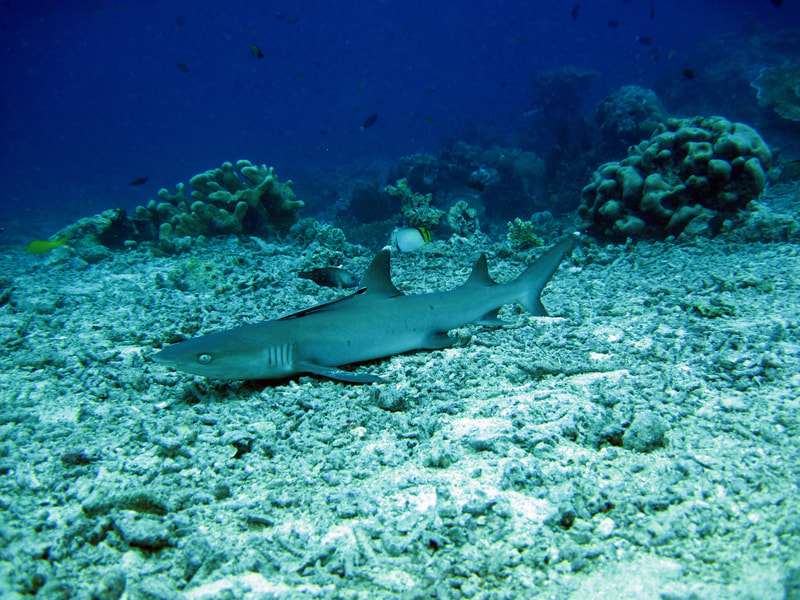
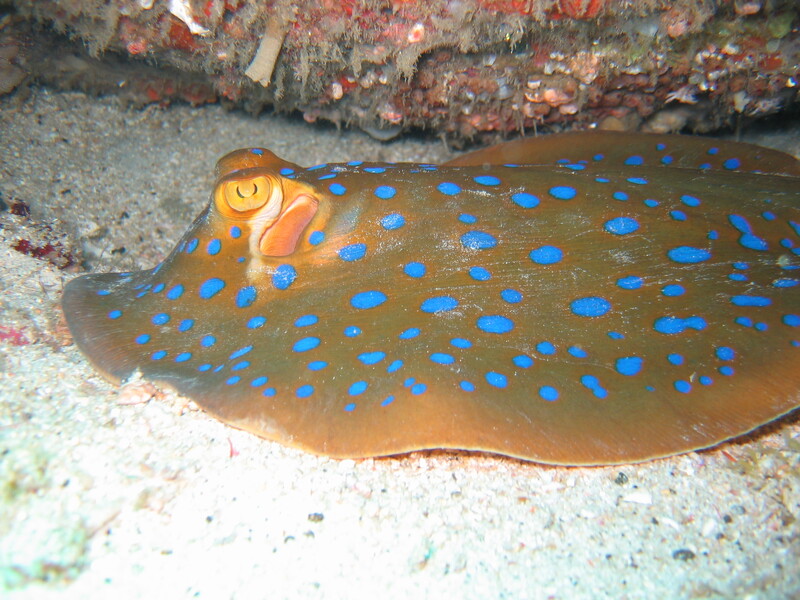
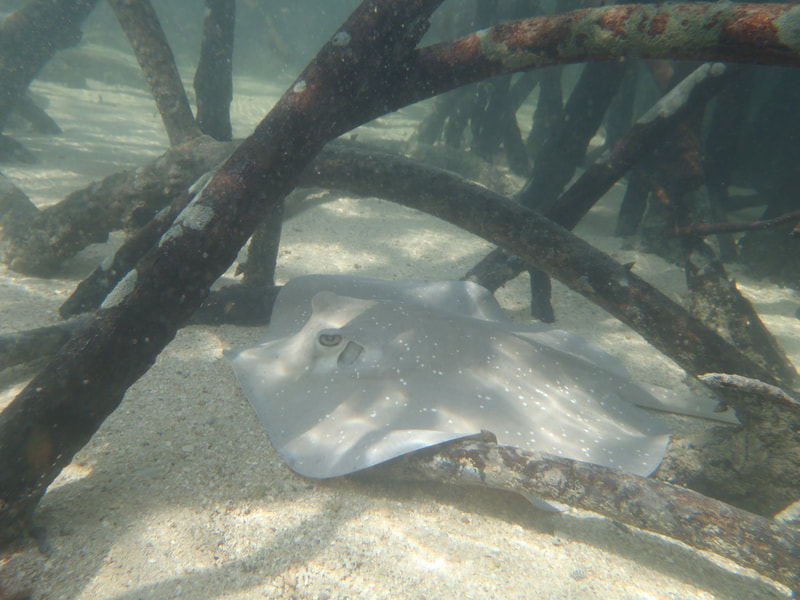
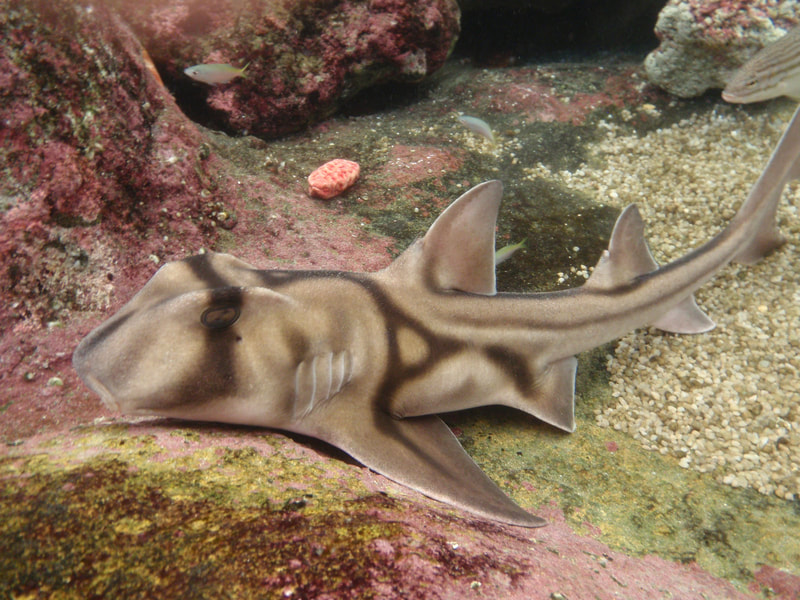
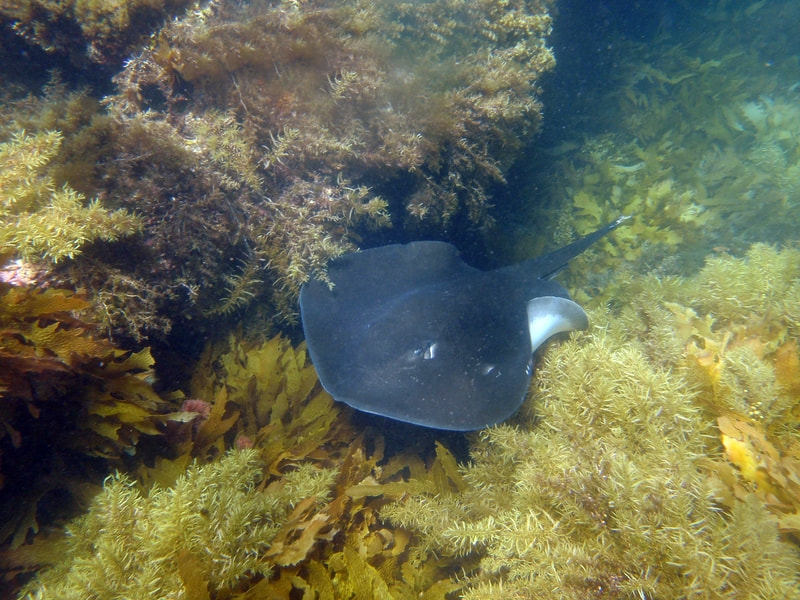
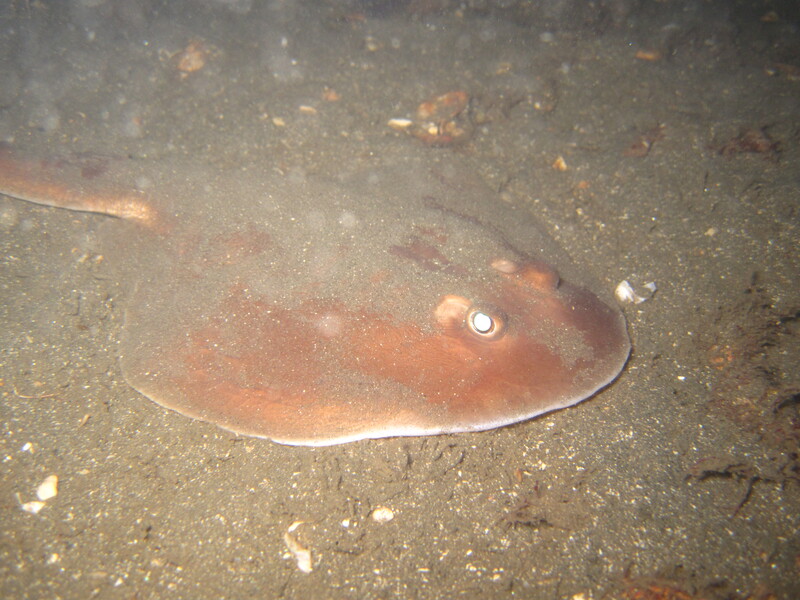
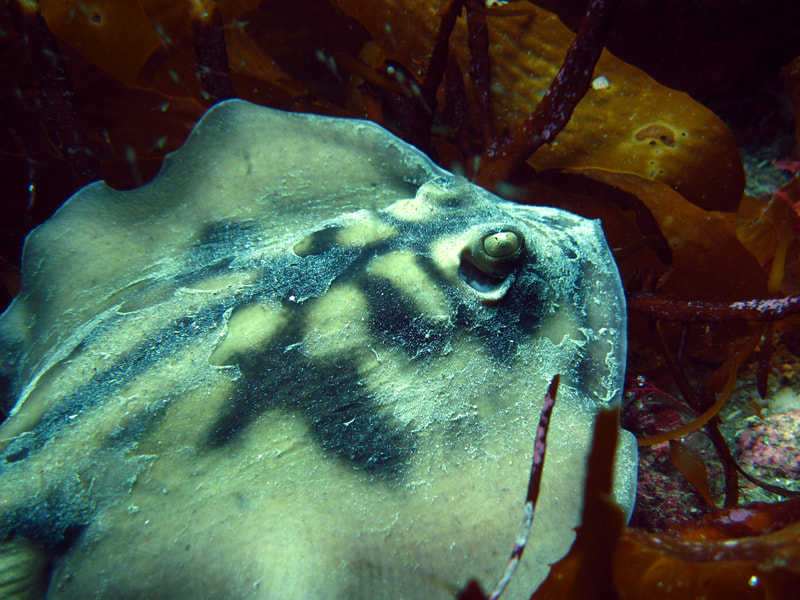
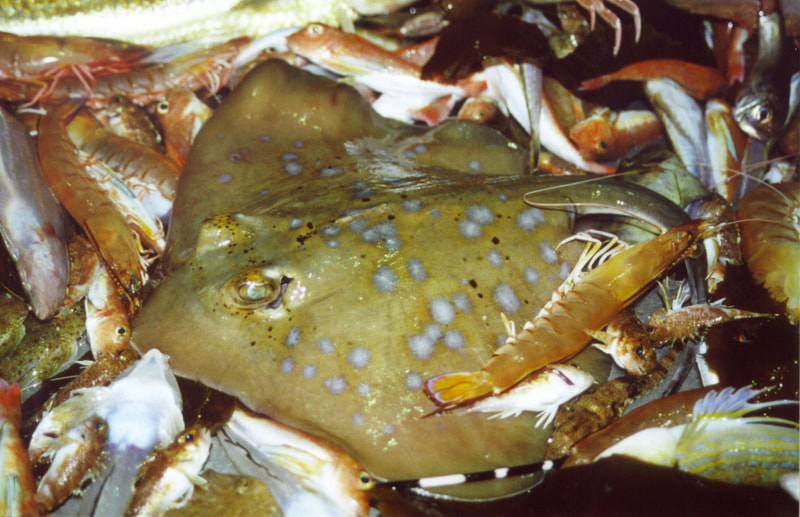

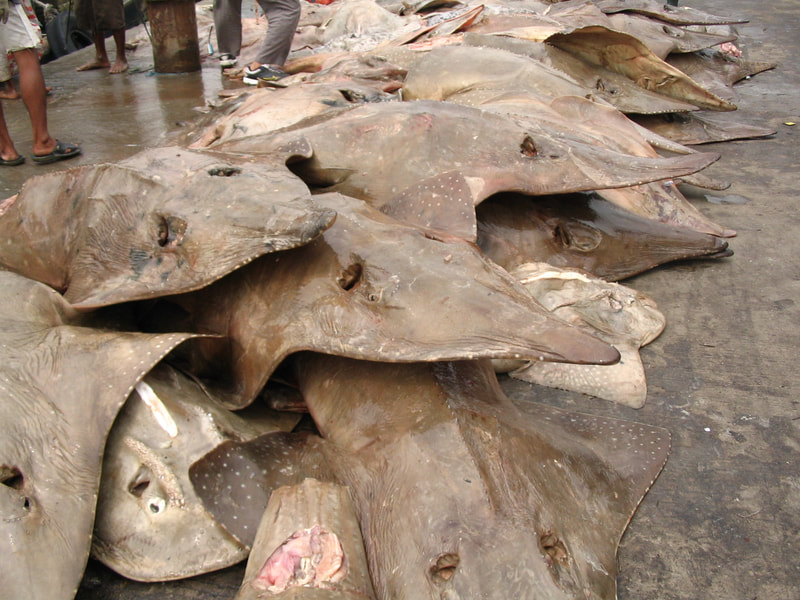


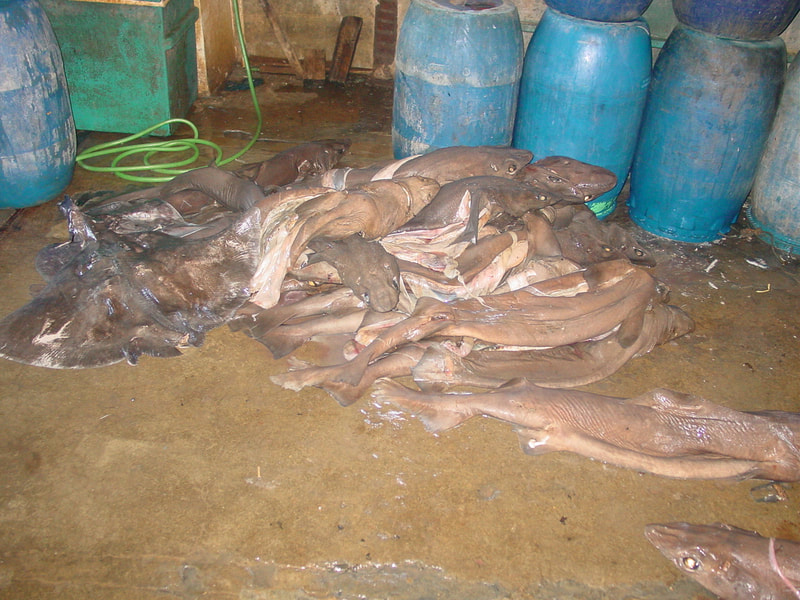
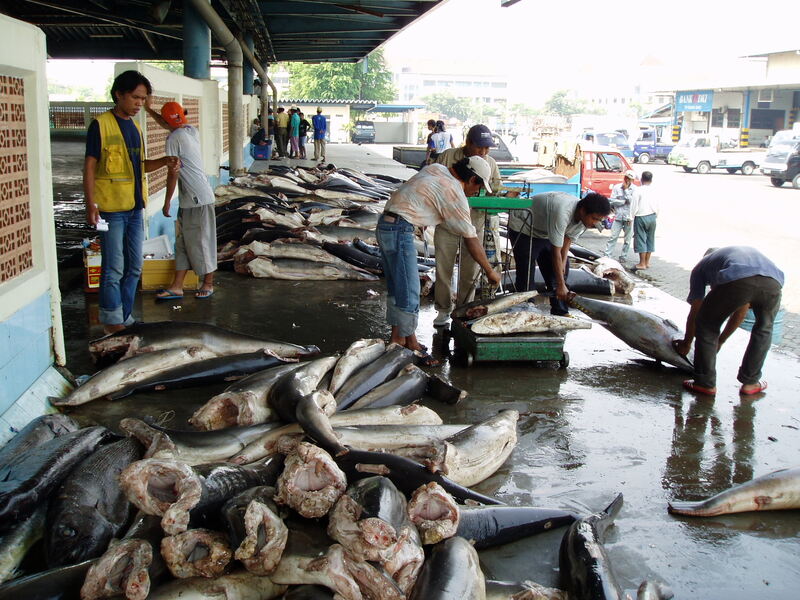
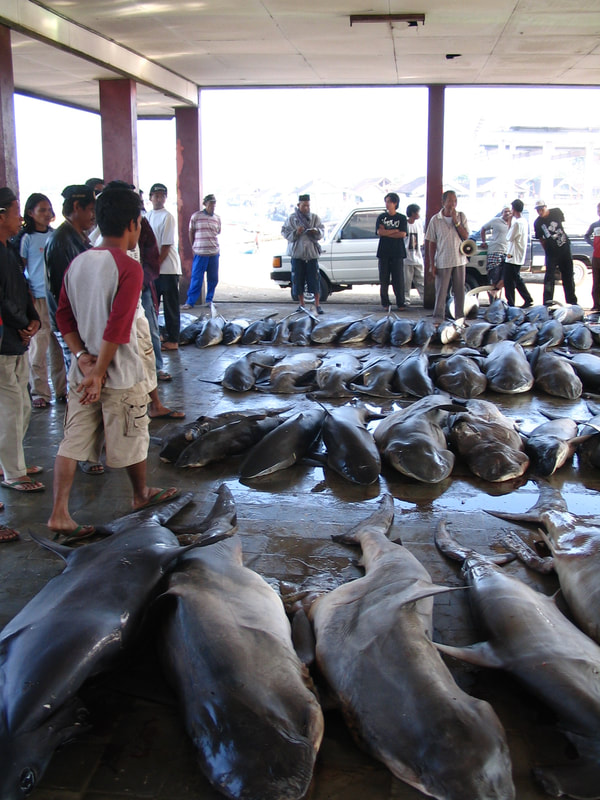
 RSS Feed
RSS Feed